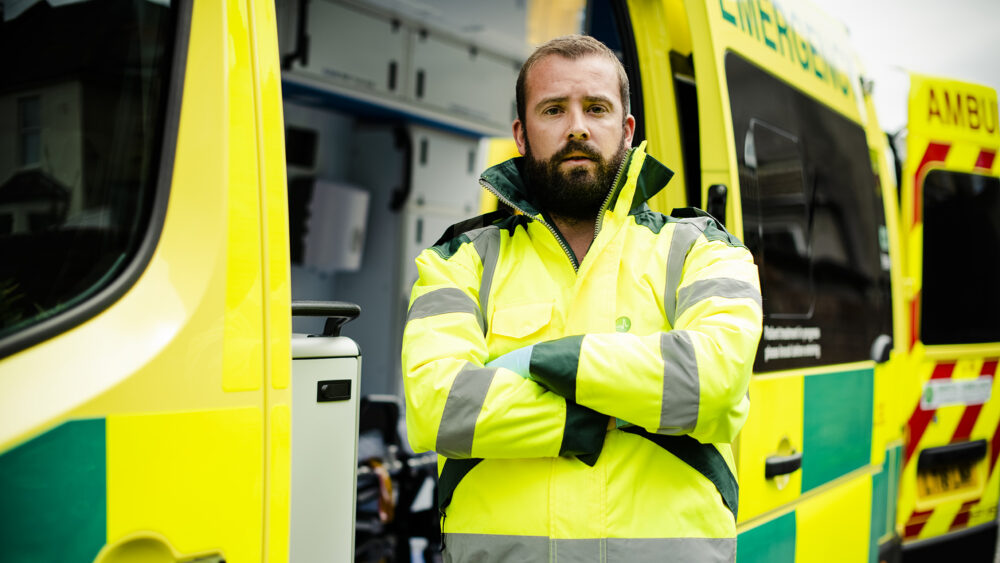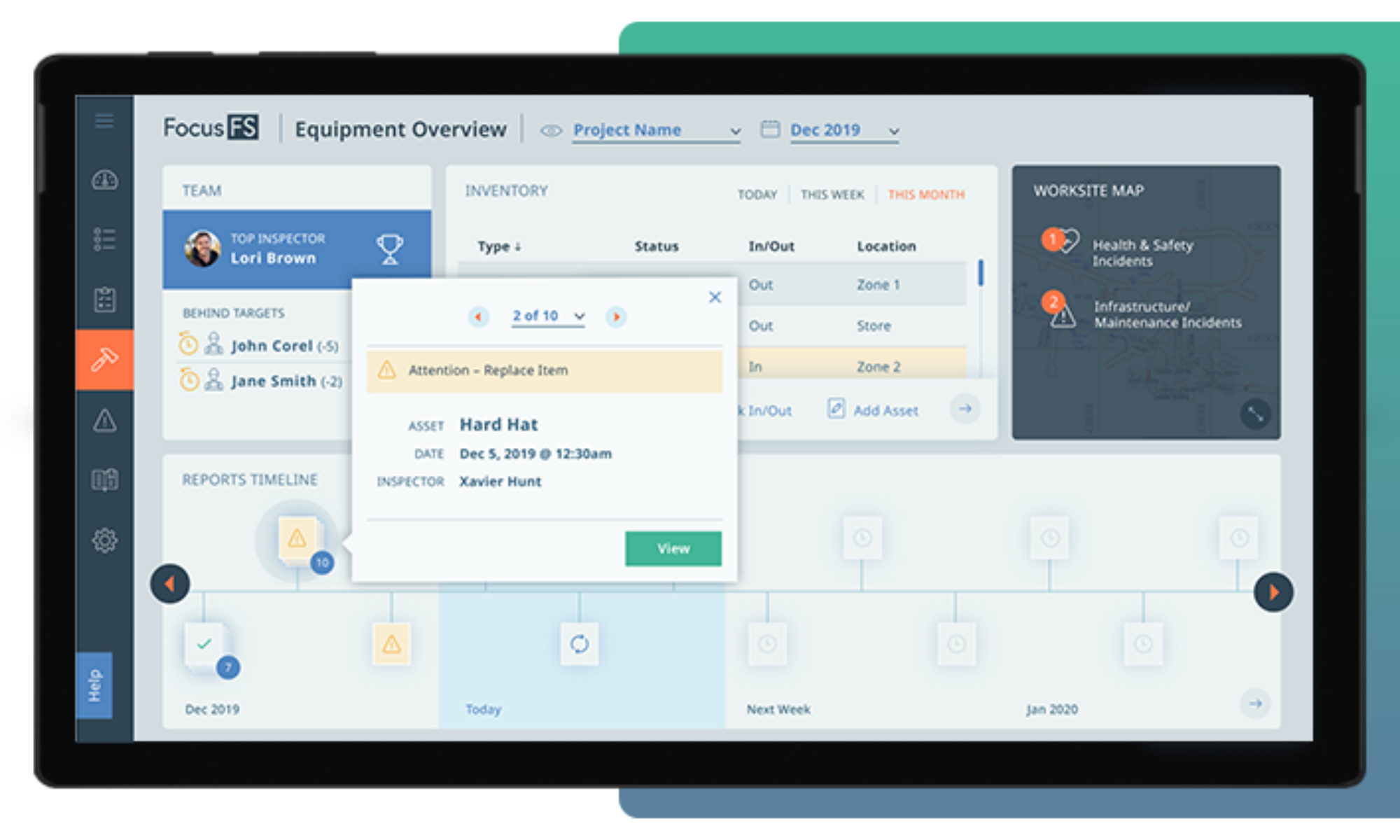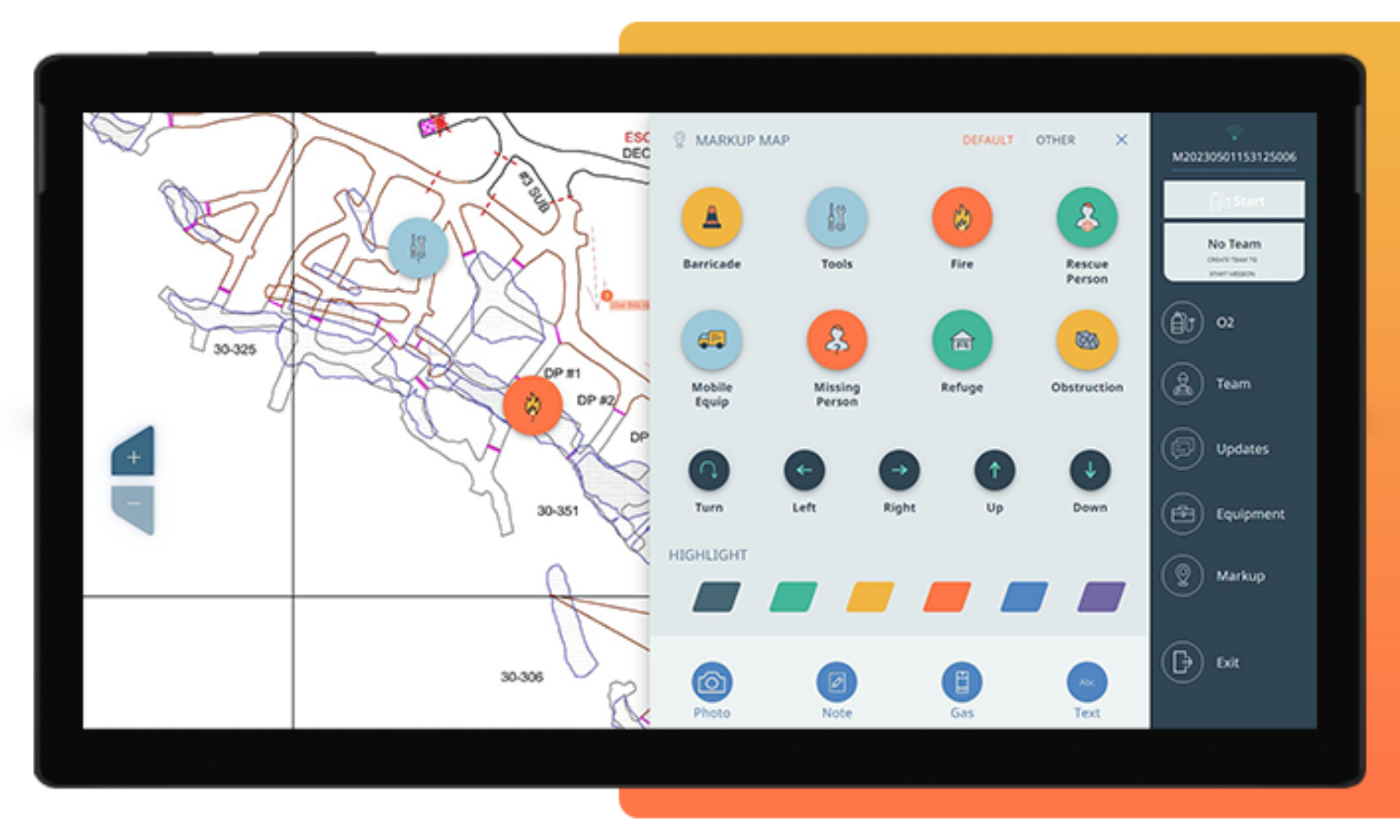Blog
Improving First Responders’ Response Times
October 29, 2021
 When a person calls an emergency telephone number (such as 911 in North America or 000 in Australia), an operator frequently connects with the appropriate emergency service to quickly dispatch first responder assistance.
When a person calls an emergency telephone number (such as 911 in North America or 000 in Australia), an operator frequently connects with the appropriate emergency service to quickly dispatch first responder assistance.
First responders include firefighters, law enforcement, paramedics, emergency medical technicians (EMTs), and other emergency response personnel.
Their response times can vary depending on such factors as location and severity of the incident or emergency. In many places, the elapsed time from the call being made to an emergency vehicle arriving on the scene can be measured in minutes and seconds.
For example, the United Kingdom’s national time goal for paramedics responding to life-threatening emergencies is seven minutes. The goal in parts of Australia is eight minutes – in other areas of the country, it’s within 15 minutes. While North American times vary, some urban areas have a target of eight minutes and fifty-nine seconds, which increases in rural and remote areas.
There are several communication-related issues that can impede first responders’ efforts from reaching the scene of an emergency as soon as they would like, including:
- Lost or unreliable communications with the command centre,
- Radio transmission system blocked with multiple users,
- Relying on paper maps in unfamiliar areas or expanding regions,
- Trouble verifying or confirming locations of necessary equipment.
The Focus FS Emergency Readiness Solution addresses these issues and more, helping first responders maintain or improve their response times. Here are some highlights.
Alerts and Setups
As soon as a new mission launches in the system, authorized personnel receive automated alerts on their mobile devices. Response teams and equipment can be quickly selected and deployed. Digital maps can be easily accessed and shared – no need for scrambling through a binder full of paper maps.
Staying Connected
Right from the get-go, first responders and command centre personnel stay in constant contact with real-time note and photo sharing on mobile devices. If an emergency route needs to change, it can be quickly conveyed on the pre-selected digital map, or a new map can be shared.
Data Collection
All data entered into the system is automatically date-stamped and securely stored in a central location for easy access. Vital information can also be recorded and shared with user-friendly digital forms. This eliminates the reliance on filling out and keeping track of paper forms and records.
Equipment Overviews
Whether incident command is onsite or located remotely, authorized personnel can easily ensure equipment has been inspected and ready for use. They can also verify the location and status of each piece of equipment, ensuring first responders have what they need.
Training Management
Quickly confirm all first responders have the necessary training and certifications needed to do their jobs. Managers can also receive alerts when individual certifications are about to expire, then track responders’ learning progress to confirm completion of all relevant courses and upgrades.
First responders rely on a steady stream of critical information to arrive as quickly as possible at the scene of an incident or emergency. Focus FS’ Emergency Readiness Solution provides advanced communication technologies to help them safely do their jobs while maintaining or improving response times.
Sources:
Ambulance Victoria – Australia:
https://www.ambulance.vic.gov.au/wp-content/uploads/2016/03/response-time-data2015-16-q1.pdf
Government of Manitoba – Minister of Health:
https://www.gov.mb.ca/health/documents/ems.pdf
MLive Media Group:
National Health Service – United Kingdom:
https://www.england.nhs.uk/wp-content/uploads/2017/07/new-ambulance-standards-easy-read.pdf
St. John Ambulance – Western Australia:
—
Subscribe to our newsletter
hbspt.forms.create({
region: “na1”,
portalId: “19922270”,
formId: “fb64bf68-e341-4ba5-9fea-f6ba9ecb5a1d”
});



